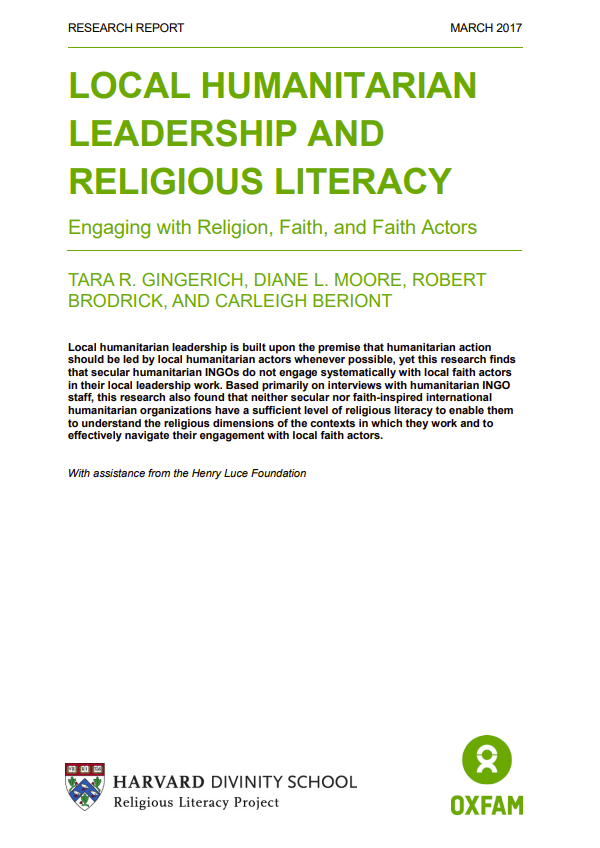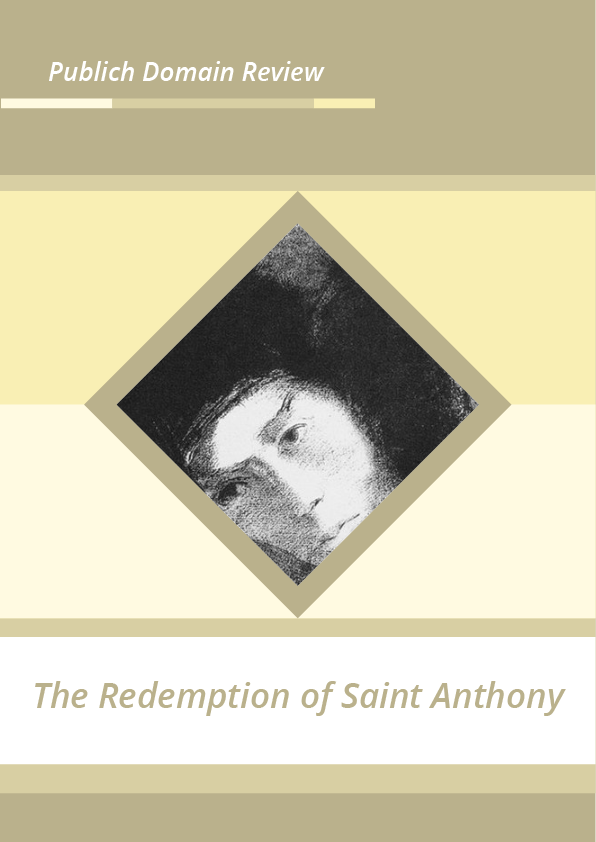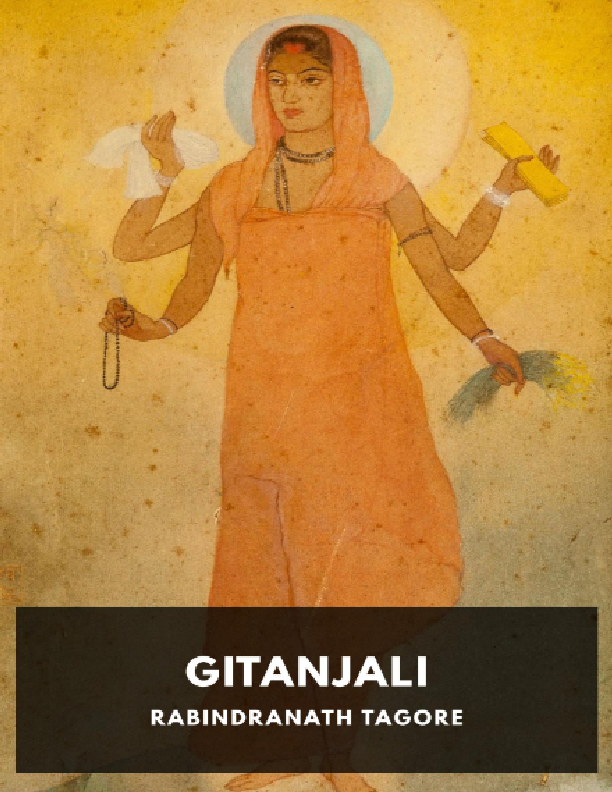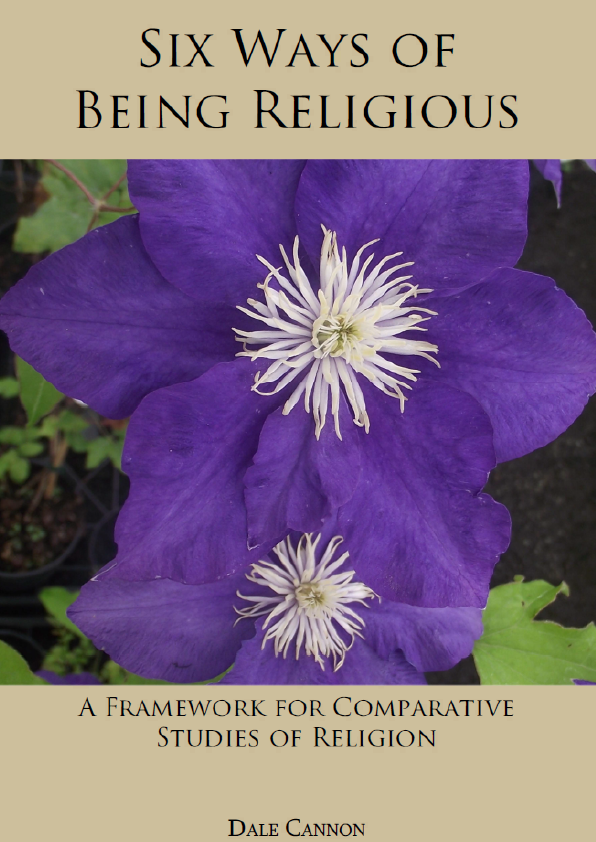Local humanitarian leadership (LHL) is the talk of the humanitarian field these days. This is the idea that it should be governments and civil societies in crisis-affected countries that are leading the humanitarian assistance in their countries, whenever possible, supported by the international community. LHL has recently gained some traction, even by some of the international actors who would need to cede power and resources to bring about such a change. Of course, local leadership is happening all the time, around the world, primarily in disaster risk reduction (DRR), disaster preparedness, and response to small- and medium-sized “natural disasters”1 and conflicts. Yet the work that lies ahead to bring about a transformational change—a complete revamping of the system that has been in place for the past 60 years—cannot be underestimated. The change will need to occur at every level, by every actor.
In the context of local humanitarian leadership, one of the areas that require critical attention is religion and faith actors, and that is the subject of this scoping research. Despite its powerful relevance in humanitarian crises and responses—and for the move toward local humanitarian leadership—religion has been considered the “third rail” of humanitarian assistance: so controversial and charged that it should be avoided.
Religion is usually defined as a social–cultural system of designated behaviors and practices, morals, beliefs, worldviews, texts, sanctified places, prophecies, ethics, or organizations, that generally relate humanity to supernatural, transcendental, and spiritual elements; however, there is no scholarly consensus over what precisely constitutes a religion.
First, religion and faith themselves play an enormous role in crises, as both real and purported causes of conflicts at the communal, state, regional, and even global levels. Humanitarian and political actors are forced to contend with these issues in their everyday work, yet many tend to be oblivious to the positive role that religious factors can play in the outcome of a crisis. Negative impacts of religion (e.g., violent extremism, human rights abuses) are more readily apparent and are often generalized, in the sense that religion is portrayed as a dangerous and problematic force. As a result, humanitarian and political actors are left with the choice to either buy into this portrayal or temper its impact by considering religion a relatively benign but essentially inconsequential cultural feature. In this way, the power of religion is too often simplistically associated with negative consequences that, even when true, fail to account for the greater complexity of the underlying causes that give rise to extremist representations. A more nuanced and sophisticated understanding of the complex roles that religions and religious institutions play in local contexts would help international actors work with local populations to mitigate the negative impacts of religious expression and strengthen the positive forces.
Second, religion and faith enter the humanitarian sphere as people affected by crises stemming from natural hazards and conflict struggle to make sense of, come to terms with, and recover from trauma and loss. This aspect of humanitarian action tends to be supported by faith-inspired humanitarian actors but largely avoided by other actors for many reasons, including a belief that religion is a personal rather than public matter and one that must be avoided in order to maintain their secularity (which is associated with impartiality in the minds of many).3 (For definitions of faith-inspired NGOs, secular NGOs, and other terms, see page 11) One of the main sources of unease on the part of secular international humanitarian actors in their engagement with local faith actors—and their support of them as partners and local humanitarian leaders—is local faith actors’ (LFAs’) provision of spiritual assistance and concerns around impartiality and proselytism. This research looks in greater depth at both the engagement and the concerns.
A third way that religion comes into play in humanitarian action is through faith-inspired humanitarian actors. There are faith-inspired humanitarian international non-governmental organizations (INGOs) that operate in the global humanitarian system alongside their secular counterparts, but do so with a basis in a religious tradition. Building on existing research examining religion and humanitarian assistance,4 this research found little difference in the strategies and practices that these organizations employ in their local humanitarian leadership work, except around the local actors with which they partner. International faith-inspired organizations (FIOs) tend to work in networks of local faith actors, and it is primarily LFAs with whom they partner, support, and promote as local humanitarian leaders, whereas secular humanitarian international NGOs tend to partner with secular local actors and engage with LFAs on an ad hoc basis and not in their local humanitarian leadership work. One role that mediumsized FIOs do appear to play more than their secular counterparts is that of an intermediary between larger INGOs and local faith actors.
Local faith actors are the other actors we consider in the intersection of local humanitarian leadership and religion. One critical change in the move toward LHL becoming the organizing principle of humanitarian assistance is that international actors—donors, multilateral agencies, and INGOs—need to more fully recognize, acknowledge, and respect the capabilities, needs, priorities, and culture of local humanitarian actors. Taking local actors seriously means seeing them for who they are and who they want to be, with beliefs and practices that may be very different from those of humanitarian workers from the global North.











